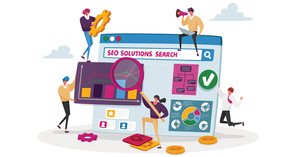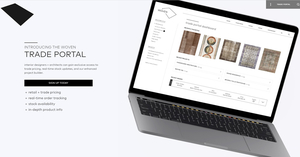Legacy refers to any outdated applications and data that were created using languages and methods no longer used. In most cases they are incompatible with modern platforms.
Reasons for Legacy Migration
There are several motivating factors leading a company to go through a legacy migration, also known as content migration. In most cases the hardware being used by the application is obsolete with parts being very difficult to obtain. In such cases it costs more money to keep the system running than to switch to an entirely new system. What typically necessitates a legacy migration is that the older technology continues to serve vital business needs rendering it necessary to transfer all (or the relevant) information in the content management system (CMS) to a new CMS. But perhaps the most significant factor is for companies with websites running on legacy systems, which prevents them from adding new functionality to their site and keeping up with competitors. This in turn translates as a need for a complete overhaul in order to boost or maintain their web presence.
Adrecom’s Migration Method
Redesign
The first step in the Adrecom transfer process is to redesign the site with regards to physical appearance. Special attention is paid to the whether the site’s layout creates the right impression and how easy it is to use. Some questions we ask during this process are:
- Is the information displayed on the pages cramped?
- Can the site visitor easily determine what the site is about?
- Is there a lot of empty space on the site pages?
- Is the text and color scheme easy on the eyes?
- Can the user easily navigate through the site?
All-in-all, our goal with this step is to determine if the site is pleasing to look at and easy to use, and a site redesign deals with these specific elements.
Restructure
The next step is to restructure the site as logically as possible with regards to the placement of information. Some questions we ask during this stage of the process are:
- What is the best way to categorize the information into pages?
- What is the best way to relate all of the information on the site?
- What information should be made with Static Pages and what should be made with Dynamic Pages?
- Where should page links be placed on the page in order to ensure the easiest navigation?
The goal during renovation is to make sure that the information on the site is laid out in a logical manner that the user can follow naturally. Once both the redesign and restructure elements of the site have been carried it can be said that the site has gone through a legacy migration.




